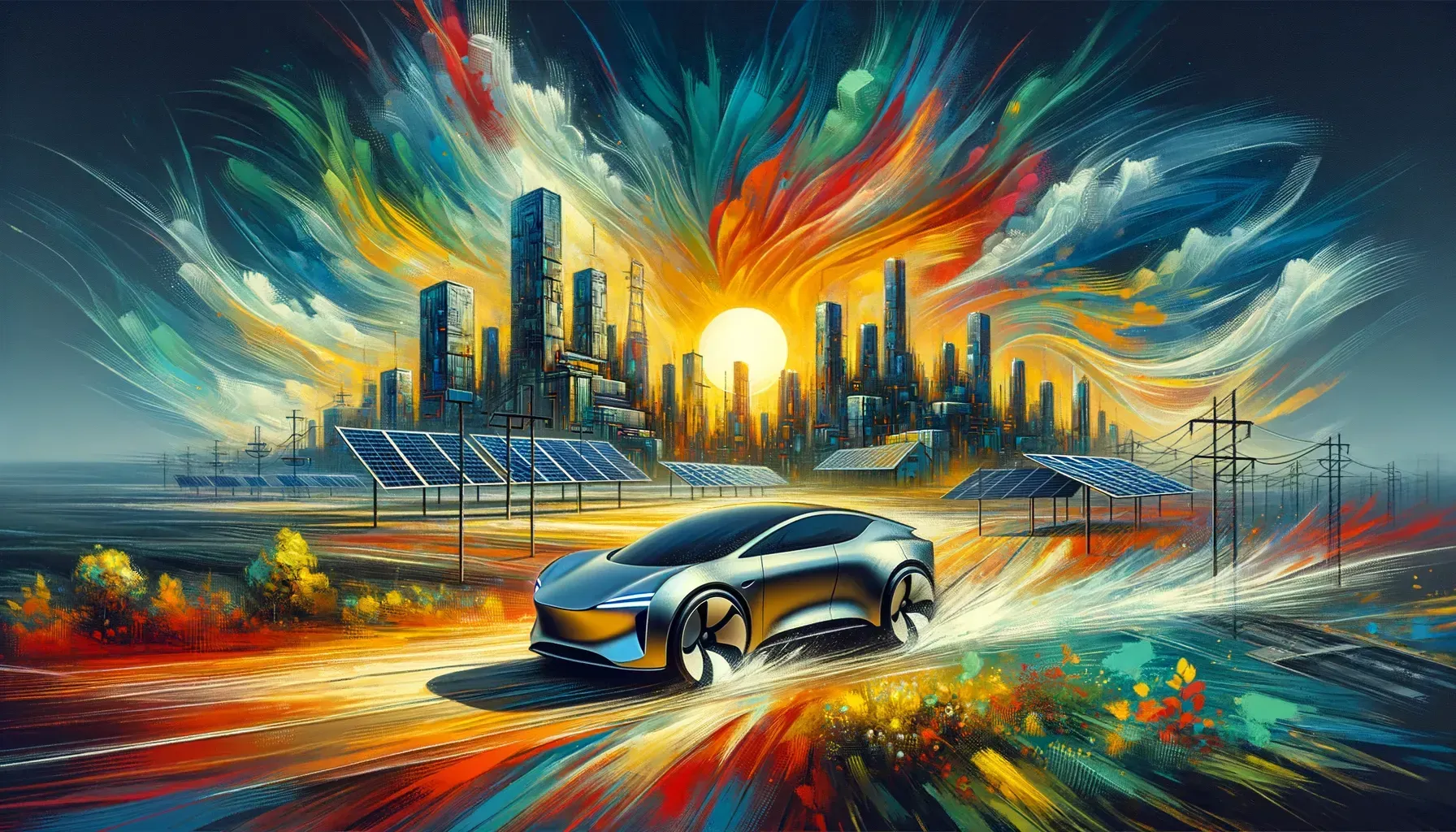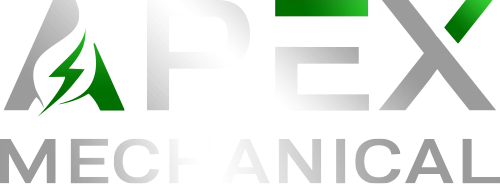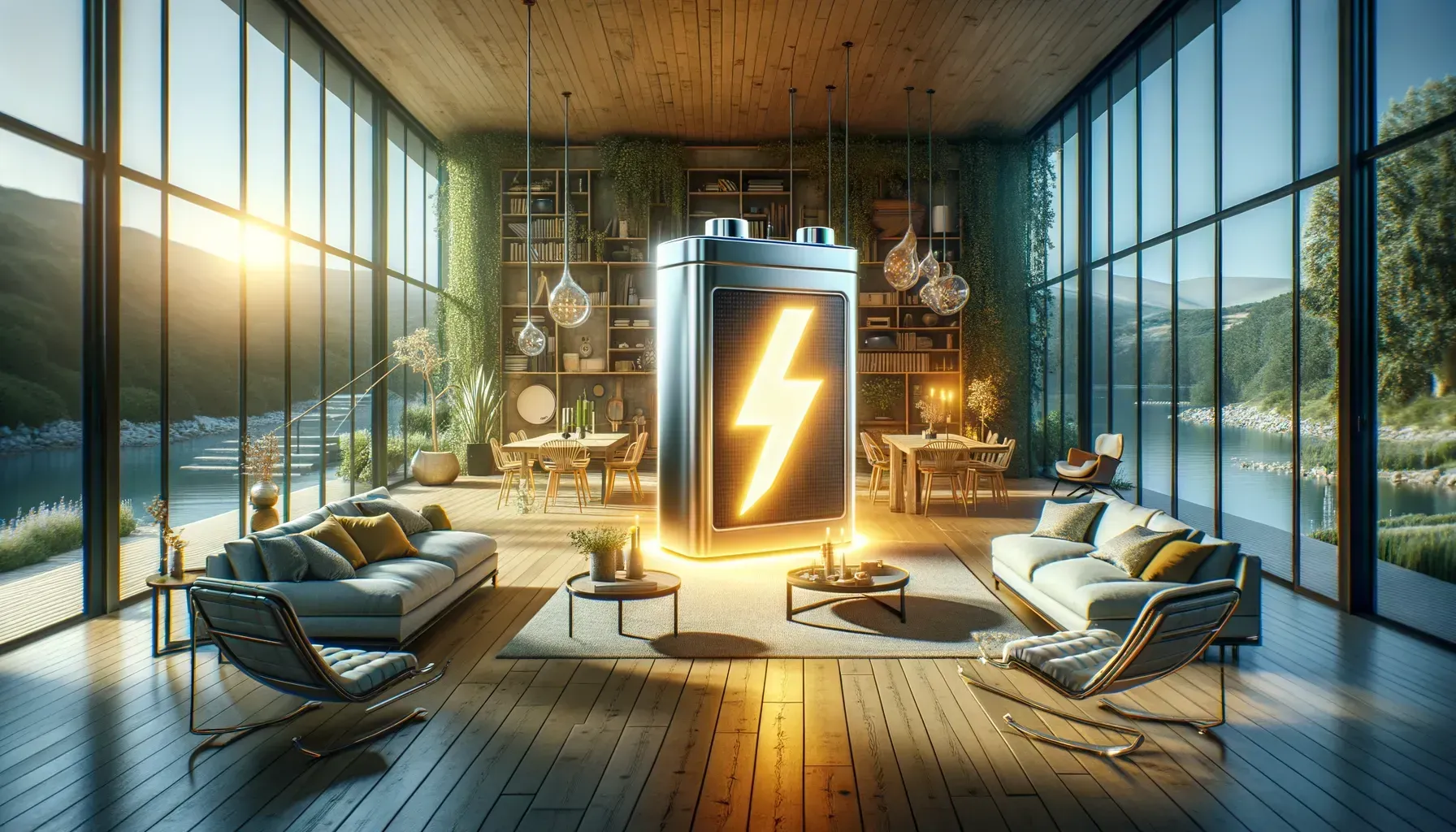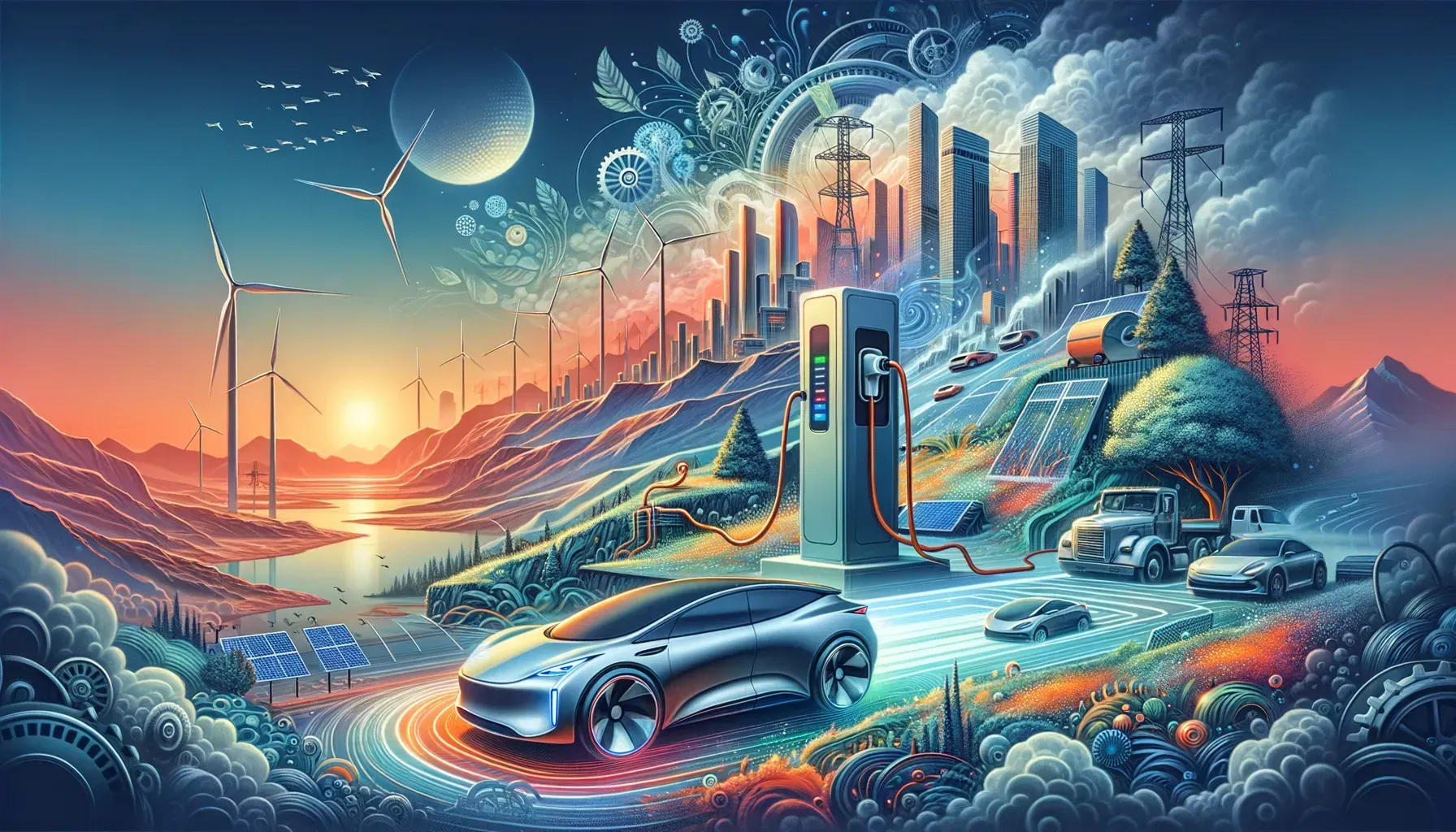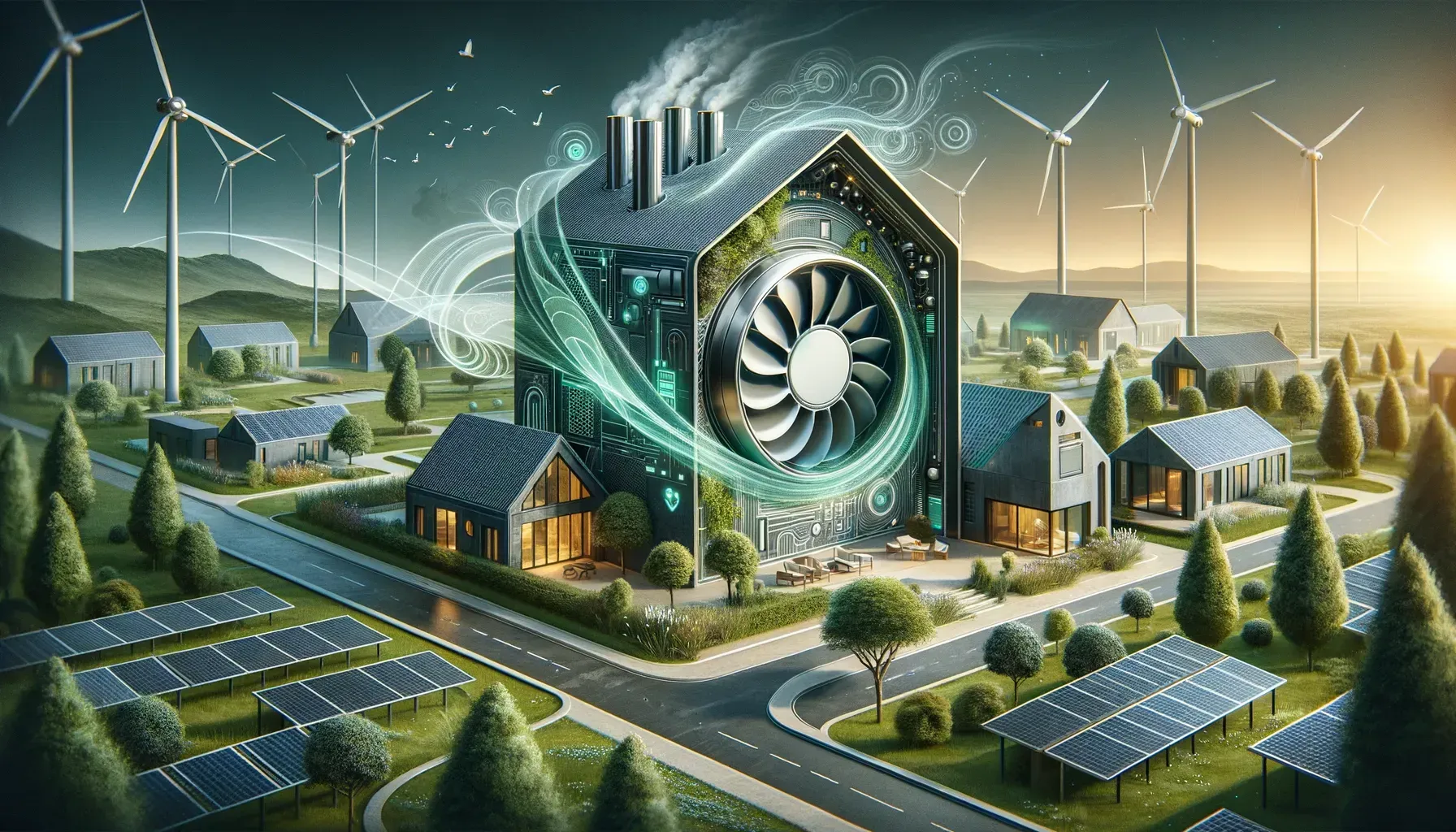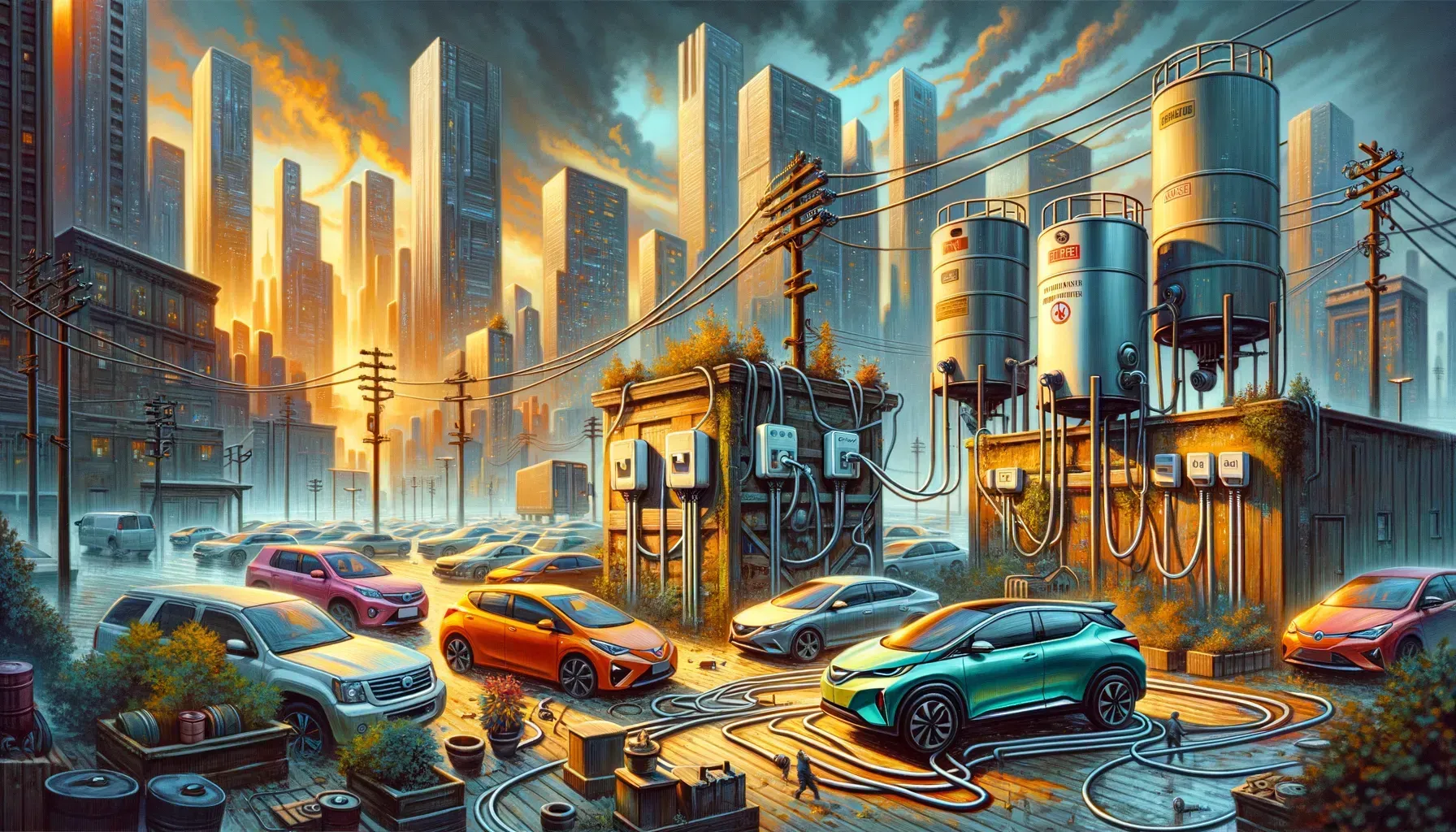When the Sun Outshines Coal: Real Talk on Solar Panel Cost, Politics, and Unlikely Parking Lot Heroes

When you’ve spent a summer melting your flip-flops on a grocery store parking lot, it’s easy to wonder if all that wasted sun could do more than just toast your feet. Years ago, a neighbor joked that he’d power his whole house if only his driveway collected energy instead of heat. Fast-forward to 2025, and the math says he wasn’t far off – at least for solar on asphalt. Today, the debate is no longer whether solar panels are eco-friendly enough, but whether they finally outmatch fossil fuels—dollars and cents included. Let’s put politics aside and peer into the sneaky economics, quirky innovations, and tangled realities of solar’s surge past coal and gas.
The True Price of Power: Solar Panels Versus Fossil Fuels
When it comes to the real cost of electricity, the debate between solar energy and fossil fuels is more than just a numbers game—it's about how those numbers are calculated, who benefits, and what gets left out of the conversation. Recent research, especially Lazard’s 2025 analysis, brings some clarity to the Solar Energy Cost discussion, showing that utility-scale solar is now less expensive than new-build natural gas plants, even when tax credits are not factored in.
Levelized Cost of Electricity (LCOE) is the key metric here. LCOE allows for a direct, apples-to-apples comparison between different energy sources by calculating the average cost per kilowatt-hour (kWh) over the lifetime of a power plant. According to Lazard, the LCOE for utility-scale solar (without subsidies) ranges from $0.038 to $0.078 per kWh. In contrast, natural gas peaker plants come in much higher, at $0.138 to $0.262 per kWh. Coal energy, often cited as a “cheap” option, actually costs between $0.10 and $0.13 per kWh—making it more expensive than solar in most scenarios.
This isn’t just about subsidies or government incentives. The numbers show that solar wins the cost race even when tax credits are off the table. As Lazard puts it,
“On an unsubsidized $/MWh basis, renewable energy remains the most cost-competitive form of generation. As such, renewable energy will continue to play a key role in the buildout of new power generation in the U.S.”
The conversation around Solar Energy Cost often gets tangled up in politics. Some argue that renewables only make sense because of government support, but the data tells a different story. Even if Congress were to repeal the Investment Tax Credit or the Production Tax Credit, solar’s LCOE would still undercut most fossil fuel options. In fact, research shows that unsubsidized solar can beat the cost of even operational fossil fuel plants, not just new builds. This is a significant shift, especially as the energy sector faces rising interest rates and higher capital costs—factors that hit fossil fuel projects harder than renewables.
Natural gas, once hailed as a “bridge fuel,” now faces a tough road. Peaker plants, which are used to meet peak demand, are particularly expensive to operate. Their LCOE is nearly double or triple that of utility-scale solar. Coal energy, meanwhile, is not only more costly but also brings a host of environmental and health concerns. As one reader noted in response to recent analysis, coal plants can increase utility costs and contribute to pollution that affects communities hundreds of miles away, raising rates of asthma and other health issues, especially among vulnerable populations.
Solar storage is another piece of the puzzle. Adding battery energy storage systems (BESS) to utility-scale solar projects does increase the LCOE, with costs ranging from $0.05 to $0.131 per kWh. Still, this remains competitive with, or even cheaper than, many fossil fuel alternatives. The ability to store and dispatch solar power when it’s needed most is a growing advantage as the grid evolves.
The political landscape also shapes how quickly solar and other renewables can scale. For example, some have suggested mandating solar canopies over large parking lots—a move France has already made. In the U.S., however, the incentives for solar development often benefit property owners, while tenants pay the utility bills. This disconnect slows adoption, even when the economics make sense. Yet, there are local examples—like health care facilities covering 80% of their parking with solar canopies—where the benefits are too obvious to ignore.
It’s worth noting that not everyone is convinced. Some consumers still find propane or even wood stoves cheaper for heating, highlighting that the transition away from fossil fuels is not just about LCOE, but also about how energy is used, stored, and distributed. Still, the broader trend is clear: utility-scale solar, with or without storage, is now a leading contender on both cost and reliability.
Ultimately, the numbers from Lazard’s 2025 analysis cut through much of the noise. Solar energy’s cost advantage is real, and it’s not just a product of policy or politics. As the U.S. energy mix continues to shift, the true price of power is becoming harder to ignore—and solar is outshining coal, natural gas, and other fossil fuels on the bottom line.

Solar Canopies and Hot Asphalt: Parking Lots as the Next Solar Frontier
Across the globe, the conversation around renewable energy is shifting from abstract policy to practical, visible change. One of the most unexpected battlegrounds? The humble parking lot. Once seen as nothing more than a sea of heat-trapping asphalt, parking lots are now being reimagined as sites for solar canopies —a solution that delivers shade, power, and new possibilities for microgrid systems and utility-scale solar integration.
France’s Bold Mandate: Turning Asphalt into Energy
France has taken a radical step by mandating that all large parking lots be covered with solar canopies within five years. This policy is not just about optics; it’s a direct response to the need for more distributed solar panels and a visible commitment to decarbonization. By transforming parking lots into mini power plants, France is setting a precedent that could serve as a roadmap for other countries, including the U.S.
The logic is straightforward. Parking lots are everywhere—at shopping centers, hospitals, schools, and office parks. Most sit unused for hours each day, baking in the sun and radiating heat. Covering these lots with solar canopies not only generates clean electricity but also provides shade for vehicles and pedestrians, reducing the urban heat island effect.
U.S. Examples: Health Facilities Leading the Way
While there is no national mandate in the United States, some regions are moving ahead. In certain counties, new health care facilities have already covered up to 80% of their parking lots with solar canopies. As one local observer put it:
“These benefits are so obvious to the owners of new health care facilities in my county, they've already covered 80% of their parking with solar canopies. They get it.” – Jerry
This proactive approach demonstrates that when the incentives and benefits align, property owners are willing to invest in solar canopies . The result is not just more renewable energy, but also a more comfortable and practical environment for staff and visitors.
Beyond Shade: Microgrid Systems and On-Site Storage
The real innovation comes when solar canopies are paired with on-site battery storage and vehicle-to-grid (V2G) chargers. Instead of simply feeding power back to the grid, these systems can store excess energy and redistribute it locally. This creates a microgrid system that can operate independently during outages or peak demand, slashing the need for new transmission lines and infrastructure upgrades.
Research shows that battery storage and V2G integration can turn parking lots into resilient energy hubs. With minimal expansion of existing infrastructure, these microgrids deliver cheap, localized renewable energy right where people live, work, and commute. The synergy is often overlooked, but it’s a critical piece of the energy transition puzzle.
Cost, Incentives, and the Tenant-Owner Dilemma
Despite the clear benefits, widespread adoption of solar canopies in the U.S. faces hurdles. One major barrier is the mismatch between property owners and tenants. Owners of large commercial or residential properties often do not pay the utility bills—tenants do. Even though generous federal incentives, such as those from the Inflation Reduction Act, are available for solar development, there is no requirement to use them. This misalignment can slow progress, leaving valuable parking lot real estate underutilized.
Still, the economics are compelling. The average cost to install solar panels is around $29,000, but incentives can reduce this to about $20,552 for an 11 kW system. More importantly, the levelized cost of electricity (LCOE) for utility-scale solar —even without tax credits—ranges from $0.038 to $0.078 per kWh, undercutting new-build natural gas and coal. For comparison, coal’s LCOE ranges from $0.10 to $0.13 per kWh, and natural gas peaker plants are even higher. These figures make a strong case for prioritizing solar, especially in high-demand urban areas.
Mandates, Incentives, and the Path Forward
France’s mandate for solar canopies is a bold experiment in policy-driven change. In the U.S., the path may be less direct, but the potential is clear. Mandates, incentives, and creative financing could unlock a wave of solar canopy installations, especially if the tenant-owner incentive gap is addressed. As more property owners recognize the synergy between solar canopies , microgrid systems , and on-site storage, parking lots may become unlikely heroes in the shift toward renewable energy .

Debunking the ‘Cheap Fossil Fuel’ Myth: Real People, Real Numbers, Real Frustrations
For many Americans, the debate over Fossil Fuels versus Renewable Energy isn’t just about climate change or national energy policy—it’s about what works in their own homes, on their own budgets. While research shows that Solar Energy is now the lowest-cost source of new electricity at the grid scale, the story gets more complicated when you zoom in on individual households and their heating choices.
Take Brian, for example, who voices a frustration that’s echoed in countless online forums and neighborhood conversations:
I like saving green not being told to be green.For Brian, and many like him, the bottom line is what matters most. If heating with propane or a wood stove costs less than running the electric furnace, then the numbers speak for themselves—at least from their perspective. And in some regions, especially where winters are long and electricity rates are high, propane or wood can still look like the cheaper option.
But the reality is more nuanced. The average U.S. solar panel system, after incentives and Tax Credits, costs around $20,552 for an 11 kW setup. That’s a significant investment, even with the federal Investment Tax Credit covering up to 30% of installation costs. For many homeowners, this upfront Solar Panel Cost can feel out of reach, especially when compared to the relatively low cost of buying a new wood stove or filling up a propane tank for the season.
Yet, when it comes to the big picture, the numbers tell a different story. Studies indicate that the Levelized Cost of Electricity (LCOE) for utility-scale solar—meaning the average cost to generate one kilowatt-hour over the system’s lifetime—ranges from just $0.038 to $0.078 per kWh, even without subsidies. In contrast, new-build coal and natural gas plants are more expensive, with coal’s wholesale costs often between $0.10 and $0.13 per kWh, and natural gas peaker plants even higher. This means that, from a grid perspective, Solar Energy is not only cleaner but also more affordable than most Fossil Fuels.
So why does the myth of “cheap fossil fuels” persist? Part of the answer lies in personal experience and regional variation. In rural areas, where wood is plentiful and propane delivery is reliable, the economics can tilt in favor of traditional fuels—at least in the short term. And for some, there’s a sense of autonomy in chopping wood or managing their own fuel supply, a feeling that can’t be measured in dollars and cents.
There’s also the issue of perception versus reality. While Solar Energy offers clear savings at the grid scale, those benefits don’t always trickle down evenly to every household. Factors like local utility rates, available sunlight, and the condition of existing heating systems all play a role. Some utility customers push back against the idea that solar is always the best choice, pointing out that their lived experience doesn’t match the national averages.
It’s important to recognize that resistance to Renewable Energy isn’t always about skepticism or misinformation. Sometimes, it’s about values, habits, and a desire for control over one’s own energy decisions. Wood, for instance, is technically a renewable resource, but its efficiency and climate impacts are more complex than they appear at first glance. Burning wood can be cost-effective, but it also produces particulate pollution and isn’t as clean as solar or wind.
Ultimately, the debate over Fossil Fuels, Solar Panel Cost, and the future of Renewable Energy is shaped by more than just numbers. It’s a conversation about politics, economics, and personal priorities. As research shows, solar’s grid-scale advantage is clear, but the path to widespread adoption will depend on addressing the real frustrations and unique circumstances of everyday people. Whether it’s through smarter incentives, better financing options, or simply more honest conversations, bridging the gap between “saving green” and “being green” remains a challenge worth tackling.
TL;DR: Solar panels aren’t just greener—they’re cheaper than fossil fuels, even without government perks. From innovative parking lot solutions to fierce backyard debates, the cost of solar is changing how Americans think about energy, one sun-drenched kilowatt at a time.
